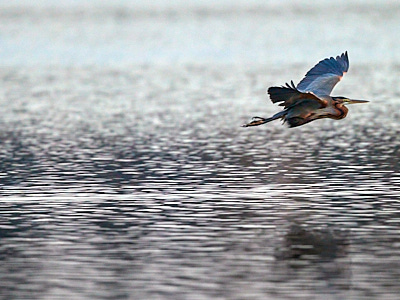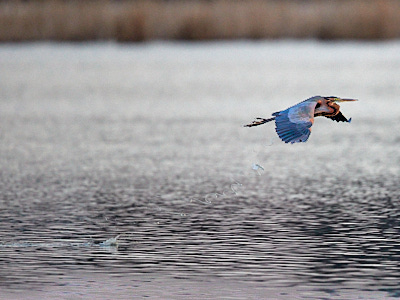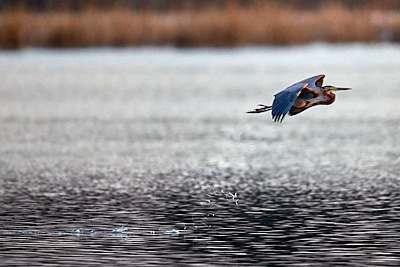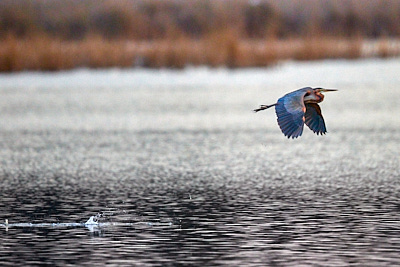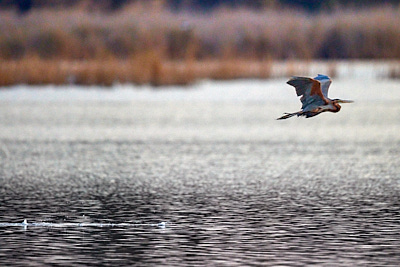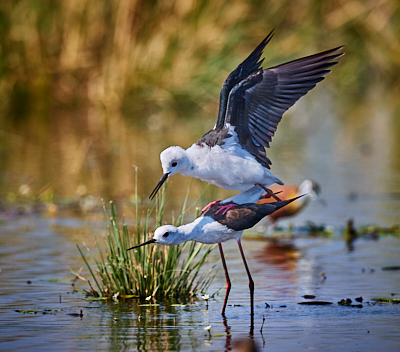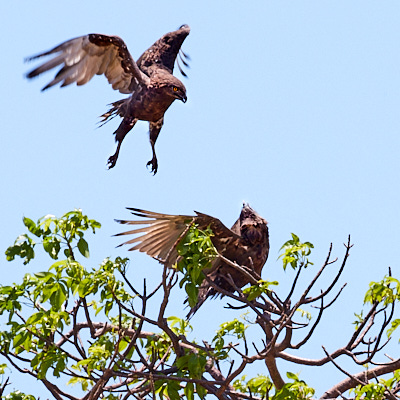BLOG
- HOME
- / Blog Main Page
- / Nature
THE MOST UNDENIABLE REASON TO LOVE THE PURPLE HERON IN YOUR FISH POND
Capturing a Purple Heron having a mid-air ‘poop’ at Korsmans Bird Sanctuary, was probably a once in a lifetime event for me. I was fortunate enough to be at the right place at the right time and most importantly, with camera in hand.
A shy bird less frequently seen
The Purple Heron is a very shy bird and less frequently seen than the Goliath Herons at Korsmans which makes this sequence of photographs even more remarkable.
Seeing a heron standing in a body of water or gracefully flying low level over the water usually evokes emotions and a great deal of excitement. (unless of course you are a fish farmer).
However, when the heron "poops" in your pond, things start to change dramatically. The following images are absolutely unique in so far as this sequence captures what is even more rarely seen, a heron 'pooping' in the water in flight. What an interesting sight.
The sequence commences with the Purple Heron in level flight over the pan and then as the first big drop of ‘poop’ commences, the Heron quickly changes its angle of attack in an upward trajectory throughout the entire ‘poop’.
In these shots one can observe the swirling motion of the ‘poop’ until it finally lands in the water with a big splash.
(click on an image below to view in full resolution)
An explanation by an ex-airline captain
Jane Trembath, an ex-airline captain and Chairperson of the Korsmans Conservancy Group, offered an interesting observation which I will share with you.
She says, “I’ve noticed that birds often ‘poop’ before taking off , especially the water birds on perches. Perhaps to lighten the take-off weight.
The swirls of the ‘poop’ could either be from its body moving up and down slightly with the wing-beats in flight, or vortices from the wingtips. You can see the spirals of air off the wingtips when aircraft are coming in to land on a misty morning. It’s to do with the different amounts of lift above and below the wing. Same principle in birds.
Getting technical now!
When an aircraft or bird flies low, about half a wingspan off the ground, the vortices get cancelled out and it’s called ‘ground effect’ which results in less drag. Have a look at Goli’s and other birds commuting over the water, they often fly just high enough that their wingtips don’t touch the water. So there is less effort involved than flying higher”
Thanks Jane for that insightful explanation.
Another interesting observation was made by my twin brother Peter who was with me when I captured these images and he commented “With a change in angle of attack, there would also have been a significant change in downwash. That too would have influenced the turbulence and created a swirl in the stream of ‘poop’ that we saw. In addition the downwash would also assist in getting the ‘poop’ to clear the Heron’s feet”
Interestingly immediately once the ‘poop’ load was jettisoned, then the Heron resumed a normal angle of attack again.
Perhaps others would like to share their thoughts on this amazing sequence.

